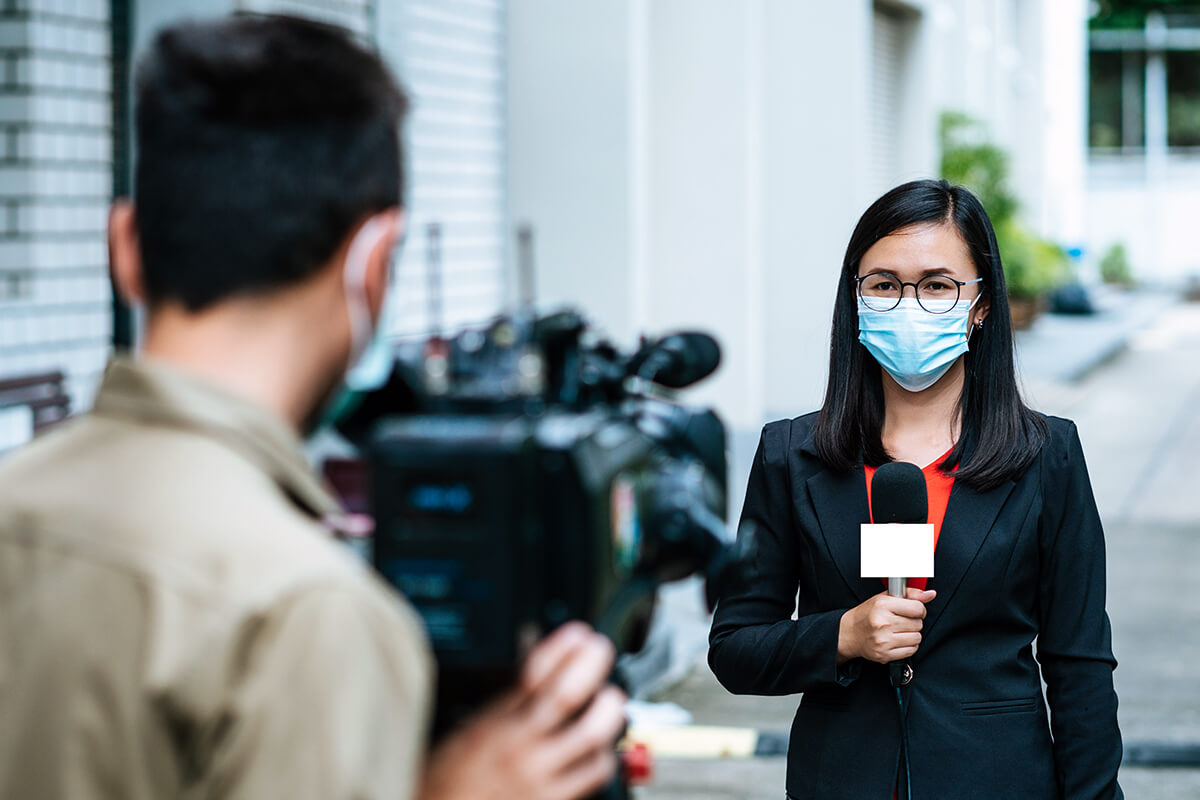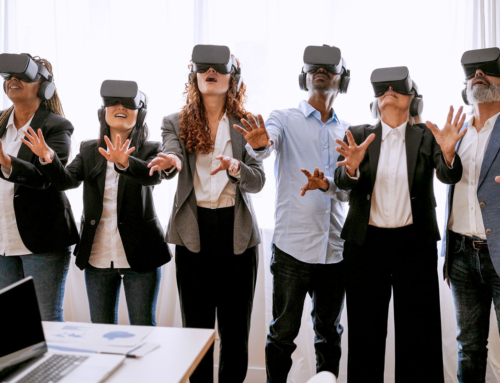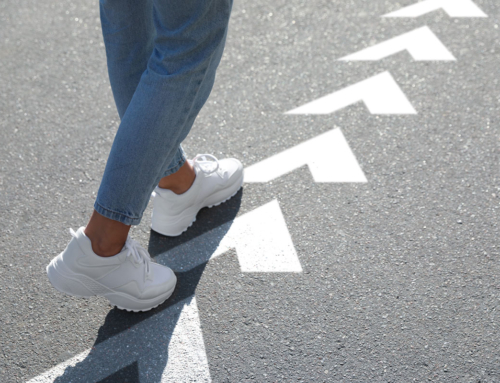For most people, work continues to look pretty different than it did before COVID-19 took hold.
With social distancing guidelines in force and many of us still working from home, business professionals face questions they’ve never considered before:
- How do we create compelling corporate events with crowds limited to 10?
- Are ginormous scissors still the rage when a ribbon-cutting goes virtual?
- Have we been too spoiled by barefoot workdays to ever don shoes for the office again?!
One area companies might not have reconsidered, but should, is how they interact with media. A great media relations strategy and targeted media training are as important as ever — perhaps more so. They give companies the tools to help shape the story being told about them, bolster their brand and navigate negative media attention.
Some things to consider:
Don’t just wing it
No savvy professional would approach a trade show, meeting with a business partner or visit from an auditor without training and preparation. Prepping for media interviews and developing an understanding of media relations are equally important.
I spent more than 20 years as a news reporter and editor and love to help business leaders develop their chops and confidence in dealing with the media. I recommend that anyone who will interact with the press — CEO, spokesperson, division head, front-line employees in a news-heavy industry, and so on — undergo at least an introductory media training. The process can be as simple as an hourlong overview with tips and best practices. Or it can be as complex as a two-day event with customized, in-depth advice and analysis; simulated interviews of varying levels of difficulty and discomfort; mock press conferences; targeted feedback and improvement plans; and more.
The important thing is to do something. While media training is best conducted in person, remote training can be highly effective, and we’ve done quite a few training sessions virtually over the past five months.
Tough questions, tough times
For companies directly involved in the COVID-19 story — hospitals, disinfectant manufacturers, retailers — media attention can be intense. But every company should anticipate being asked about the pandemic during any interview, no matter how seemingly unrelated. The pandemic is on everyone’s minds, and journalists are under pressure from readers and viewers to continue advancing their coverage.
You might be talking to a reporter about your quarterly earnings or new location or the big industry award the company just snagged. But that doesn’t mean you won’t also be peppered with questions related to COVID-19, such as:
- Did the company accept Paycheck Protection Program (PPP) loan money?
- Have you had layoffs or furloughs? Have you cut pay? If so, when will you restore it?
- How much has revenue suffered?
- Are you sure you’re keeping front-line employees safe?
Even for companies that don’t pursue media interviews, it’s important to be prepared for questions from journalists, which can come at any public event.
New formats, new considerations
Few media interviews were done via videoconferencing platforms (Zoom, Teams, Hangout, etc.) prior to the pandemic, but now they’re common and present their own considerations:
- Be mindful of background clutter and noise.
- Experiment with lighting and camera angles … before the interview.
- Position participant display panel beneath your computer camera so you’re making eye contact instead of looking off to the side.
- Dress as professionally as you would for an in-person interview.
Even traditional, in-person interviews come with potential pitfalls.
- Is your restaurant/store/corporate event following distancing guidelines? Keep in mind how it will look when it airs on the news or shows up in a newspaper photo.
- Is the reporter or camera operator standing 6 feet from you during your interview? If not, take a couple steps back.
- While giving a tour of your new facility, are you wearing a mask? You don’t want to be unsafe, and you definitely don’t want to present a public image of a business that just isn’t trying.
With practice and awareness, it’s possible to nail media relations during the pandemic and ensure that, even if you’re not wearing shoes, your message still has legs.








